What is a Performance Improvement Plan (PIP)? Templates, Definition, and How to Create Your Own
Table of contents
- What is a Performance Improvement Plan?
- Why do some employees need a plan for improvement?
- How to create a performance improvement plan?
- Performance improvement plan template
- When does creating an HR PIP work?
- How do you track PIP objectives?
- PIP alternatives
- Develop a culture of learning and professional growth
- FAQ
- Conclusion
Is there anything quite as disheartening as watching a talented employee walk out the door?
Implementing an employee Performance Improvement Plan (PIP) might be the key to preventing such losses. But let's face it, PIPs are often seen as a last resort before termination, and terms like "feedback" and "reviews" can be unsettling.
With the right approach, however, and a few helpful examples, you can master the art of effective PIPs.
Keep reading to uncover how to tackle the challenges of PIPs with confidence.
Still operating on annual reviews? They may not provide a sufficient performance boost. Here are 10 reasons why annual reviews are no longer enough:
What is a Performance Improvement Plan?
A performance improvement plan is a guide that outlines any issues in an employee's work and suggests ways an employee can improve performance. It helps both managers and employees understand what needs to change to improve their performance and how to do it.
Benefits of a performance improvement plan
When done correctly, a Performance Improvement Plan (PIP) supports employees in addressing issues with their performance, time management, attitude, and other areas.
Wondering about the benefits? Here are some key advantages of using a PIP:
For Businesses
Improves employee retention rates
It's tough to find great workers, so it's crucial to keep them. A PIP can help with that.
Consider it this way: If an employee is struggling, a PIP offers them a second chance. Rather than firing them, you can keep assessing their work. PIPs help you provide clear documentation on what and why they need to improve and offer the necessary support.
If they are able to get back on track, you've just lowered your turnover rate and retained a valuable team member.
Drives conclusive outcomes
Having a performance management process in place is great for keeping things running smoothly over time. However, a performance improvement plan (PIP) can be useful in the short term.
This is mainly because a PIP sets a clear action plan for employees, outlining both the risks and rewards. It makes employees aware of what needs to change and the timeline for these changes, putting the responsibility in their hands to demonstrate their capabilities.
Cultivates accountability
Putting an underperforming employee on a PIP can help establish a sense of accountability. It shows the staff that the management cares about empowering employees if they are also putting in the effort.
Placing an underperforming employee on a PIP can foster a sense of responsibility and establish the importance of accountability in the workplace.
Promotes a positive company culture
Implementing a PIP communicates that your company prioritizes development and teamwork. By focusing on constructive feedback and clear steps for improvement, a PIP fosters an environment where employees feel they have the support needed to succeed.
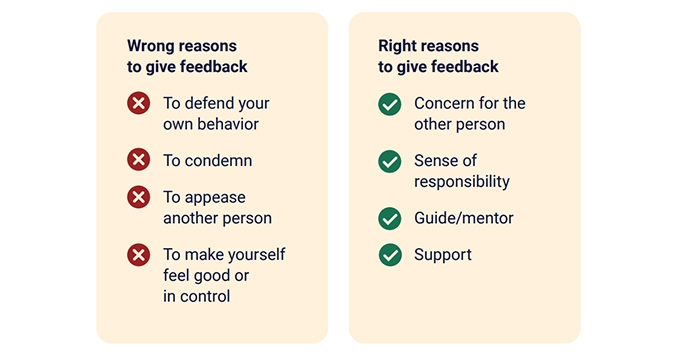
This not only enhances individual morale but also strengthens the overall company culture, making it a more supportive and encouraging place to work.
Aligns performance with goals
A PIP serves as a roadmap for employees, detailing the specific performance expectations and how they tie into the broader company objectives. This clarity helps employees understand their role in the company's success and encourages them to focus their efforts on key areas that need improvement.
For employees
Promotes a sense of belonging
A PIP can actually strengthen an employee's connection to the workplace. By engaging in meaningful dialogue about performance and improvement, employees feel that their presence and success matter to the organization. This involvement boosts their sense of belonging and commitment to the team.
Provides employees with a clear roadmap for improvement
PIPs usually act as a personalized roadmap for professional growth. It spells out the steps needed to meet expectations and helps employees navigate their progress. This structured approach reduces confusion and empowers employees to take steps toward better performance.
Address performance issues
When performance deficiencies are not ignored but addressed directly, it provides great relief for employees. In such cases, an annual appraisal might not be enough. About 70% of high-performance organizations supplement annual performance appraisals with frequent performance conversations and coaching.
A PIP clearly outlines the areas needing attention and provides the necessary support to overcome these challenges. This proactive approach helps employees correct course before issues escalate, fostering a more supportive and proactive work environment.
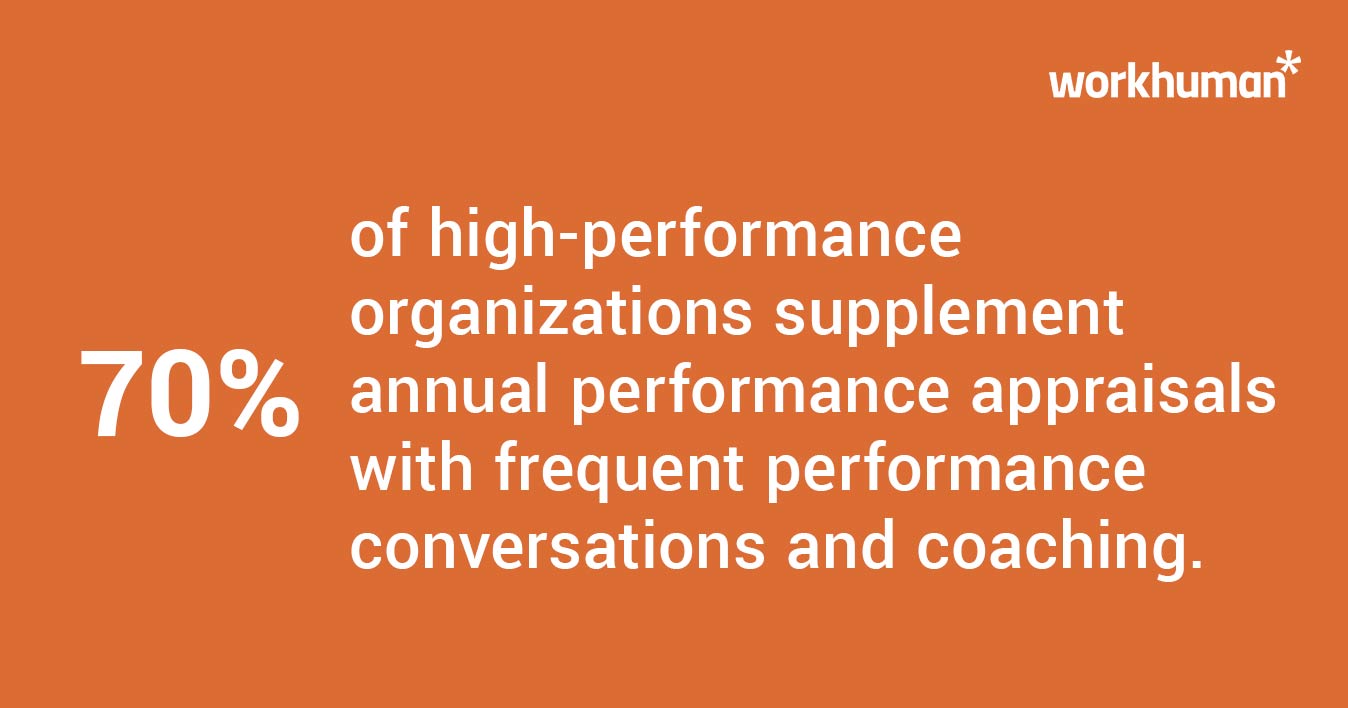
Sounds enticing? Well, even the most helpful PIPs are not perfect!
PIP drawbacks
Performance improvement plans have faced significant criticism lately, and there are several good reasons for this. Let's explore the common drawbacks you might encounter:
Lack of flexibility
One notable downside of performance action plans is their lack of flexibility. These plans typically outline precise objectives and strict deadlines, which might not consider the unique circumstances or challenges faced by each employee.
This rigid structure can hinder genuine improvement. Employees may feel constrained by a one-size-fits-all approach that doesn't cater to their individual strengths or accommodate unexpected changes in their work environment.
Consequently, this can lead to frustration and a sense of being overwhelmed rather than fostering an atmosphere of growth and adaptability.
Eats up time
Some employees quickly adapt to performance improvement plans and progress fast. However, others may take longer to grasp what is expected of them. You might need to observe an employee for 30 to 90 days before assessing their progress.
It's important to remember that while employees are focusing on these structured plans, they might neglect their regular duties. This is especially true if the plan includes unclear objectives, which can be hard to achieve.
Risks hostile responses
Unfortunately, not everyone takes constructive criticism well. Some employees might start showing negative behaviors in the workplace after getting into a performance improvement plan. This is more likely if they believe they don't need one or if they're feeling as though their job is at risk.
If a frustrated employee lowers others' morale, it can make things worse. Suddenly, the company's performance improvement plans might lose their effectiveness. This makes it crucial to handle PIPs carefully and correctly.
Ideally, feedback or a PIP recommendation should be handled as such:
- Maintain a Respectful and Open Dialogue
- Avoid Defensiveness
- Listen Actively
- Reflect on the Feedback
- Take Action
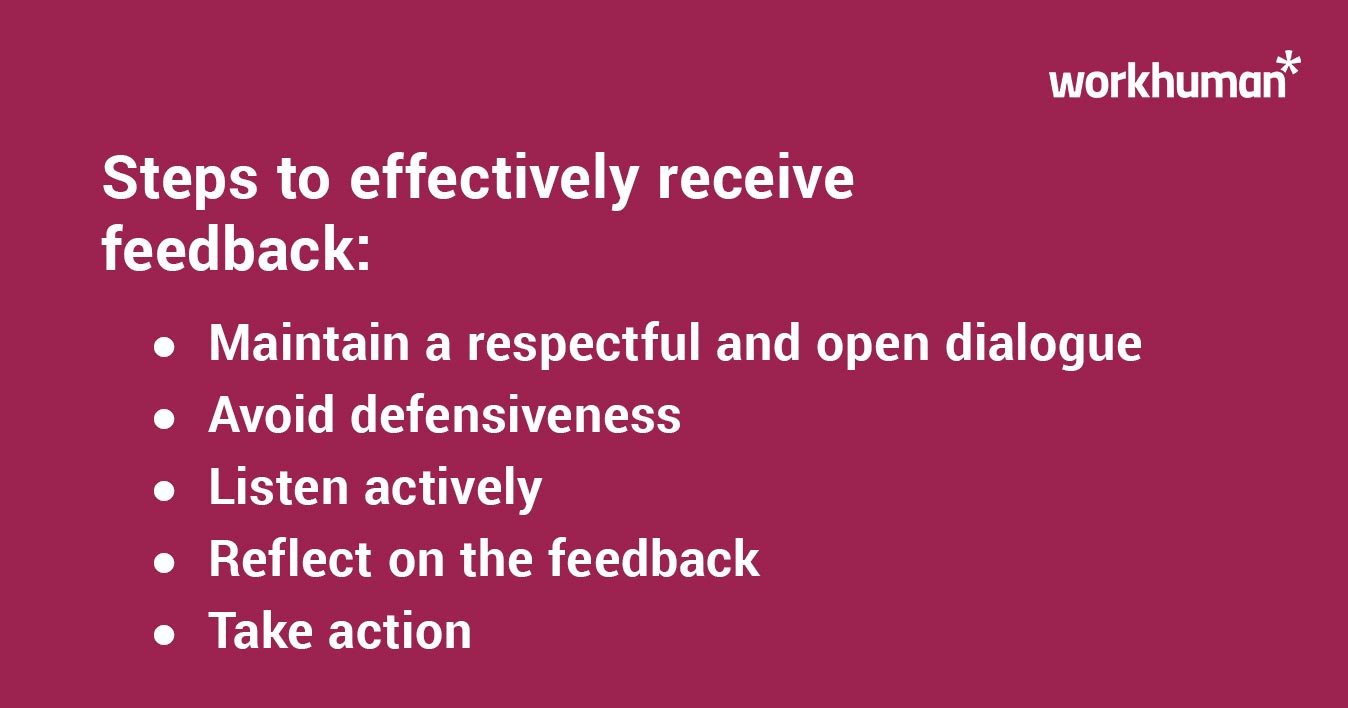
Why do some employees need a plan for improvement?
When an employee doesn't meet expectations, simply talking about the problem may not be enough. However, terminating an employee doesn't have to be the answer.
Instead of letting them go, consider using a performance improvement plan. This can be a supportive way to help them find areas of improvement and meet their goals.
Possible causes for an employee's performance decline
Many issues, such as low engagement or morale, can cause overall performance to drop in the workplace.
A PIP specifically addresses and monitors these issues with individual employees, often focusing on their attitude and job requirements.
Here are some typical reasons an employee's performance might falter:
- Lack of motivation
- Changes in how well their skills match up with their tasks (like using new software or tools)
- Bringing personal issues into the workplace
- A need for more recognition, which might stem from poor leadership or a participation-medal mentality from employees
- Burnout
- Poor communication with team members or managers
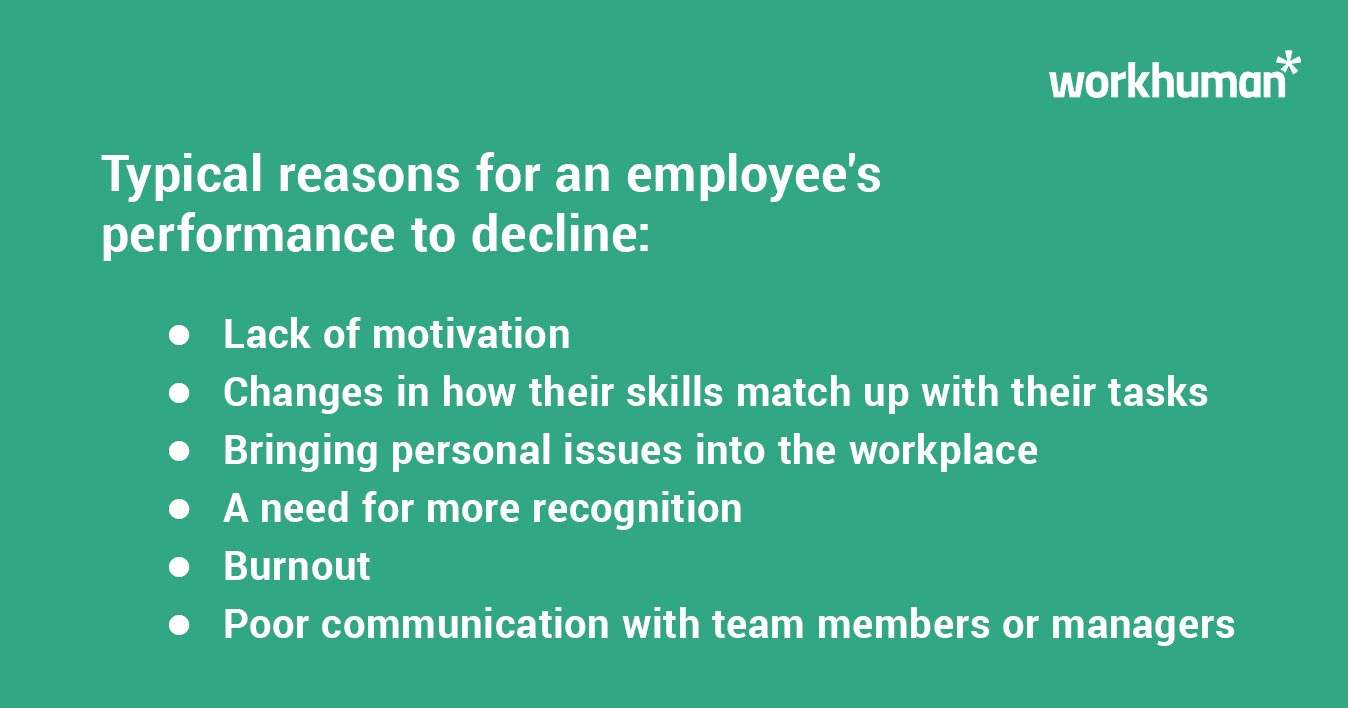
How to create a performance improvement plan?
A well-defined Performance Improvement Plan is crucial for helping an employee get back on track. A PIP not only pinpoints specific areas needing improvement but also provides a clear path for achievement. This structured approach ensures both the employee and management are aligned on expectations and goals.
Here are the key elements of a successful PIP:
- Address Specific Performance Issues: Clearly identify what aspects of the employee's performance are lacking.
- Measurable Goals: Set specific and measurable goals so there is no confusion about what success looks like.
- Specific Action Steps: Outline clear steps the employee should take to improve performance.
- Resources and Support: Provide the necessary tools and support to help the employee succeed. This might include training, access to mentoring, or more frequent check-ins.
- Monitoring and Evaluation: Review progress towards the goals set in the PIP regularly. This helps keep the plan on track and adjust as required.
- Communicate Consequences: Be clear about the outcomes if the goals are not met, which might include further disciplinary actions or even termination.
Implementing a thorough and thoughtful PIP can turn around performance and contribute positively to the workplace environment.
How long should a performance improvement plan last?
The length of a Performance Improvement Plan (PIP) can vary based on the severity of the performance issues and the complexity of the goals set for improvement. Typically, a PIP lasts between 30 and 90 days. This gives enough time to see meaningful improvement without dragging on too long.
If the performance issues are more severe or the goals are particularly complex, the PIP might need to extend longer to allow for substantial development and learning.
It's important to consult with HR professionals to set a fair and realistically achievable duration of a PIP. They can help assess the specific situation and determine the most appropriate timeframe.
Performance improvement plan template
A Performance Improvement Plan addresses and correctes employee performance issues. Below is a customizable template to help in creating a PIP tailored to specific needs and situations.
Performance improvement plan template
Employee Information:
- Name:
- Position:
- Department:
- Supervisor:
- PIP start date:
- PIP end date:
Performance issue(s): Describe the specific performance issues that need improvement. Be clear and concise.
Objectives for improvement: List the key objectives the employee needs to achieve to consider the PIP successful.
Performance goals:
- Goal 1:
- Description:
- Expected outcome:
- Deadline:
- Goal 2:
- Description:
- Expected outcome:
- Deadline:
Action steps: For each goal, outline specific actions the employee should take to achieve the objectives. Include resources or support that will be provided to assist the employee.
Monitoring and evaluation plan: Detail how the employee's progress will be monitored and evaluated. Include who will be involved, how often check-ins will occur, and how progress will be documented.
Consequences of non-improvement: Explain the consequences if the employee fails to meet the performance goals.
Employee acknowledgment:
- Employee's Signature:
- Date:
- Supervisor's Signature:
- Date:
HR approval:
- HR representative's signature:
- Date:
Additional notes:
This template serves as a starting point for creating a performance improvement plan. It is essential to customize the details based on the specific performance issues and the individual needs of the employee.
Consult with HR professionals to ensure that the plan is fair, achievable, and effectively addresses the areas needing improvement.
Employee performance improvement plan examples
Can a simple document address significant issues in the workforce? It might seem challenging. But let's explore five examples of performance improvement plans that focus on work performance, office behavior, and resource conservation.
Example 1: Poor performance
Imagine you have an employee who is not performing well, even though they have the knowledge and experience needed for the tasks. You would need to identify the issues and create a plan.
Goal: Increase productivity and improve work performance within a specific time frame.
Objectives:
- Handle more tasks without sacrificing quality
- Minimize distractions in the workplace
Action plan:
- Enroll in a time-management training program to manage X% more tasks daily.
- Use task management software to track deadlines and review completed reports with the supervisor.
Success criteria:
- Complete and deliver tasks that meet the quality standards set by the supervisor, achieving at least Y%.
- Ensure all tasks are submitted on time unless there is a valid reason communicated in advance.
Example 2: Inappropriate behavior
On the other hand, if you're addressing behavioral issues like anger, inappropriate jokes, or discrimination, you may not have clear metrics to guide you. Instead, you'll need to use other HR tools to measure progress.
Here's a sample performance improvement plan for an employee dealing with anger management issues:
Goal: Eliminate aggressive behavior in the workplace.
Objectives:
- Reduce complaints from colleagues about hostile behavior
- Master respectful and proper communication techniques in the office
Action plan:
- Participate in and finish an anger management program.
- Use formal HR channels to address issues.
- Provide feedback and peer reviews to the supervisor.
Success criteria:
- Decrease in incidents of conflict
- Achieve a satisfactory score on evaluations from the anger management program
Example 3: Wasting resources
Sometimes, PIPs aren't focused directly on the quality of work but rather on how company resources are utilized. For example, you might have an employee who is misusing computers, office supplies, or even the company car for personal use.
Goal: Ensure the company's resources are used only for their intended purposes.
Objectives:
- Control the use of supplies in the office and keep an eye on employee expenses
- Reduce complaints from colleagues about misuse of resources
Action plan:
- Require supervisor approval for using company resources outside of office hours and provide a detailed report on all expenses.
- Create a schedule for sharing resources and coordinate with the supervisor and other team members.
Success criteria:
- Reduce the employee's reported expenses by X%.
- Eliminate complaints from teammates about resources being unavailable or improperly used.
Example 4: poor leadership
Poor leadership can have a ripple effect throughout an organization, impacting morale, productivity, and overall workplace culture. Here's a sample PIP designed to address issues related to poor leadership:
Goal: Enhance leadership effectiveness and improve team dynamics.
Objectives:
- Increase team satisfaction and reduce complaints related to leadership behavior.
- Develop and demonstrate improved communication and conflict-resolution skills.
Action plan:
- Attend a leadership development workshop focusing on communication, empathy, and conflict management.
- Schedule bi-weekly one-on-one meetings with team members to gather feedback and discuss concerns.
- Implement a 360-degree feedback process to receive anonymous feedback from peers, supervisors, and direct reports.
Success criteria:
- An X% improvement in leadership scores from team satisfaction surveys.
- Positive feedback in the following quarterly 360-degree review, showing improvement in communication and team management areas.
Example 5: Communication issues
Communication issues can significantly hinder team collaboration and productivity. This PIP is tailored for an employee facing challenges with communication:
Goal: Improve communication skills to enhance clarity and efficiency in interactions with team members and management.
Objectives:
- Increase the clarity and precision of verbal and written communications
- Enhance responsiveness to emails and messages from colleagues and supervisors
Action plan:
- Participate in a professional communication skills workshop.
- Schedule weekly check-ins with a mentor to practice communication strategies and receive feedback.
- Utilize templates and checklists to ensure all necessary information is included in written communications.
Success criteria:
- Feedback from team members and supervisors indicates improved understanding and fewer requests for clarification.
- Achieve a Y% reduction in missed or incomplete communication instances, as reported by the following monthly review.
The PIP examples and template are guides to help address workplace issues. Customize each PIP to meet specific needs and goals. The goal is to support employee growth and improve the work environment.
When does creating an HR PIP work?
Using PIPs too often can be risky and costly. It's important to know when these plans are truly beneficial.
For example, HR leaders might consider a PIP when an employee is falling short at a task they were previously efficient. It's also useful for issues not addressed in the employee handbook.
This approach helps employees enhance their skills and address their challenges while acknowledging the consequences of their actions.
The same strategy can apply to new employees who are still learning the workflow but show potential.
Creating and implementing a PIP to improve performance
One common error with PIPs is quickly creating the document and emailing it to the underperforming employee. This approach might work sometimes, but it can often be misunderstood as a "pink slip," which could lead to a negative outcome.
Instead, consider these preparatory steps to ensure a smoother process:
- Identify problem areas: Pinpoint specific issues like productivity declines or poor meeting attendance.
- Gather data: Collect recent information on the employee's performance and attitude from productivity reports and supervisor feedback.
- Compare performance: Analyze how current performance measures against past metrics.
- Engage the employee: Discuss performance issues with the employee, using your findings as a basis for the conversation.
- Set collaborative goals: Work together to establish goals, objectives, and action plans with clear metrics.
- Provide resources: Offer training, mentoring, and updated tools necessary for improvement.
- Regular check-ins: Schedule consistent meetings to review the progress of the PIP.
- Maintain objectivity: Keep an unbiased view when evaluating progress against the success criteria.
- Acknowledge efforts: Recognize the effort the employee puts into improving.
Taking these steps can make the PIP process more effective and supportive, leading to better outcomes.
How do you track PIP objectives?
Tracking the objectives of a performance review or a PIP is crucial for evaluating progress and ensuring the employee is on the right path to improvement. Here's how to effectively use a performance improvement plan and monitor its objectives:
- Set SMART goals: Ensure that the goals within the PIP are Specific, Measurable, Achievable, Relevant, and Time-bound. This clarity helps both the employee and manager track progress effectively.
- Use KPIs: Identify Key Performance Indicators (KPIs) related to the objectives. These serve as measurable values that demonstrate how effectively the employee is achieving the targeted outcomes. Combining them with tools to measure employee performance metrics can make tracking PIP objectives easier.
- Monitor and document progress: Regularly document the employee's progress towards each goal. This documentation should include dates, detailed notes, and any quantifiable data.
- Evaluate results: At predefined intervals, review the collected data to assess how well the employee is meeting their goals compared to the set expectations.
- Adjust the PIP: If the results are not as expected, consider adjusting the goals or the support provided. Changes should be made in consultation with the employee to maintain transparency and buy-in.
- Follow-up and support: Continuous support and follow-up are essential. Meet with the employee often. A PIP should include regular check-ins and provide the necessary resources or training the employee might need to succeed.
By following these steps, you can create a dynamic system that not only tracks but also supports the employee's progress throughout the PIP. This structured approach fosters a positive environment for improvement and development.
PIP alternatives
A Gallup study titled 'Improve Work Performance with a Focus on Employee Development' has revealed that investing in continuous development can increase profitability by 11% and double retention rates. Employees who feel they are improving in their jobs are more likely to stay engaged and productive.
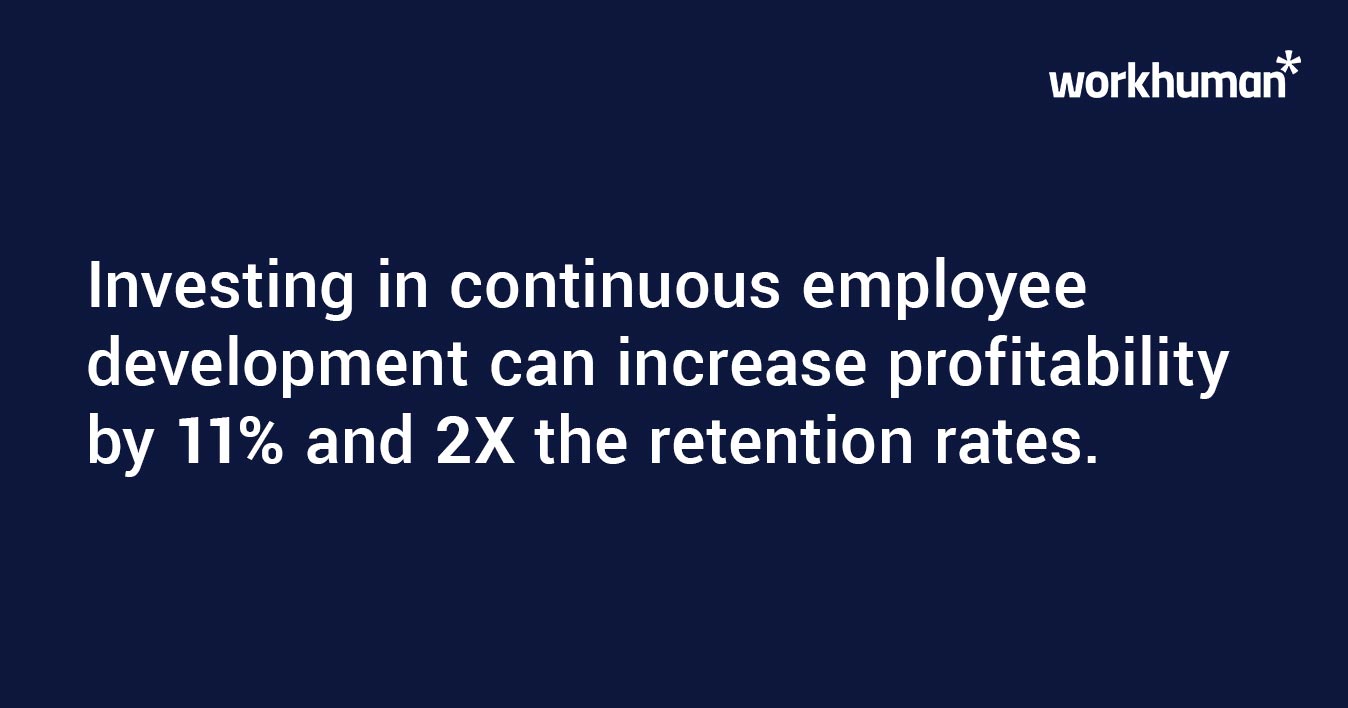
A continuous performance management system takes time but can reduce the need for frequent HR PIPs. Plus, you won't have to suffer from a monotonous routine if you use software solutions like Conversations® by Workhuman®.
Using tools like this helps keep your performance management proactive, addressing small issues before they become larger problems.
For instance, the Conversations interface allows any employee to provide updates, share insights during check-ins, acknowledge coworkers' efforts, or seek feedback on their performance.
As a manager, you'll have access to a dashboard filled with analytics from crowdsourced feedback, which is invaluable for strategic planning frameworks!
Professional Development Plans (PDPs)
While Performance Improvement Plans (PIPs) can sometimes be seen negatively, Professional Development Plans (PDPs) are generally more positively received. A PDP acts like a career map, outlining clear goals and timelines.
It may focus on similar areas as a PIP to enhance performance standards but is usually created by the employee with input from HR or their supervisor. Using PDPs instead of PIPs lets employees and managers collaborate effectively, helping to avoid negative outcomes.
Develop a culture of learning and professional growth
Understanding how to implement a Performance Improvement Plan (PIP) is essential for any HR department. However, it's even more beneficial to focus on fostering professional growth in the workplace and creating a high-performance culture.
Empower employees to own their professional development
In a vibrant work culture, employees take the initiative to develop their own Professional Development Plans (PDPs). Your role is to offer support and conduct regular check-ins as part of the ongoing performance management program.
Train managers to coach and provide feedback
To continuously analyze workforce growth, ensure all managers can identify and measure employee performance metrics and regularly report their findings. Additionally, they should be ready to offer guidance whenever necessary.
FAQ
Is a performance improvement plan considered to be disciplinary action?
Performance improvement plans aren't meant to be disciplinary actions. They serve as a fair warning and provide support to help resolve work issues. However, if they don't lead to satisfactory results, disciplinary actions may follow, which could include termination.
How long should a performance improvement plan last?
A typical performance improvement plan lasts from one to three months, based on the specifics of the action plan. For example, if HR suggests a training course for an underperforming employee, the plan might be extended longer. In such instances, the timeline can be divided into smaller milestones.
Should HR be present for a PIP?
Some might feel uneasy about having HR present during meetings where supervisors and employees discuss the performance improvement plan.
However, involving HR can lead to a smoother and more thoroughly documented follow-up process, making it beneficial to consider. Always use the performance improvement plan wisely and set achievable goals for the workforce!
Conclusion
Understanding how to implement a Performance Improvement Plan (PIP) is essential for any HR department. PIPs can help employees address performance issues and align their work with company goals, ultimately improving retention and fostering a positive company culture.
However, focusing on continuous employee development through Professional Development Plans (PDPs) might be a more effective approach.
PDPs emphasize proactive management, goal-setting, and regular check-ins, creating a less confrontational and more supportive environment for employee growth. Employees engaged in their own career development are generally more committed and productive.
By investing in continuous development and fostering a culture of learning, organizations can reduce the need for PIPs and instead promote long-term professional growth.
This approach not only enhances individual performance but also contributes to a high-performance workplace culture, driving overall organizational success.
About the author
Ryan Stoltz
Ryan is a search marketing manager and content strategist at Workhuman where he writes on the next evolution of the workplace. Outside of the workplace, he's a diehard 49ers fan, comedy junkie, and has trouble avoiding sweets on a nightly basis.